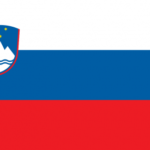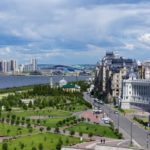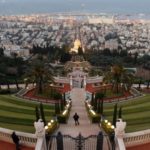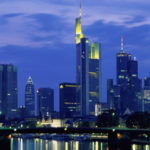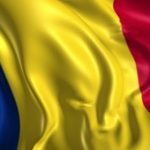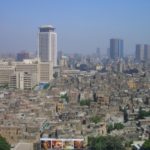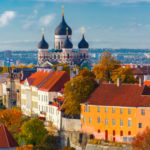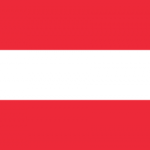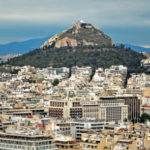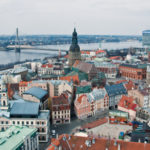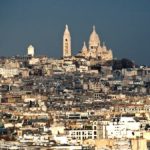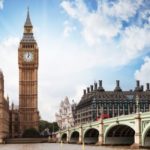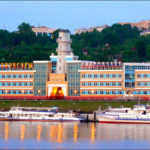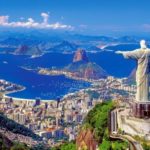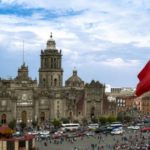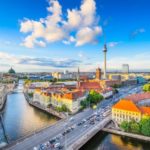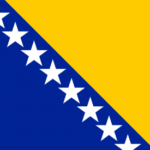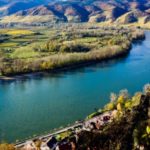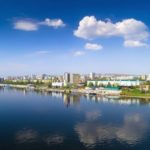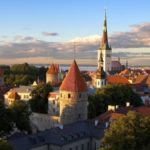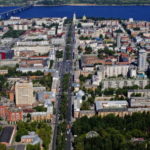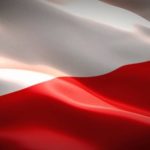Interesting facts about Ljubljana
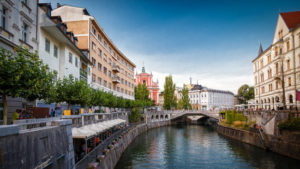 The capital of Slovenia Ljubljana is a small city, at least, if you compare it with Moscow, or, say, London. Nevertheless, this is the largest settlement of this eastern European country, and at the same time one of the most visited places in Slovenia. And, despite the fact that the city is really not very large for the capital, it is very beautiful, quiet and cozy.
The capital of Slovenia Ljubljana is a small city, at least, if you compare it with Moscow, or, say, London. Nevertheless, this is the largest settlement of this eastern European country, and at the same time one of the most visited places in Slovenia. And, despite the fact that the city is really not very large for the capital, it is very beautiful, quiet and cozy.
In Ljubljana there are 260 thousand townspeople, and the metropolitan residents are 13% of the total population of Slovenia. This is one of the most modest European capitals (also, check Interesting facts about Eastern Europe).
Primitive people lived on the territory where Ljubljana is now located, about 4 thousand years ago.
The first inhabitant of Ljubljana, who settled in the future city in the middle of the 12th century, was called Ulrich.
The city was destroyed several times by earthquakes and rebuilt.
During the war, Ljubljana was occupied first by the Italians, and then by the Germans. The city was surrounded by a fence with barbed wire, about 30 km long.
The coat of arms of Ljubljana depicts a silver castle on a green hill. On the top floor of the castle is a dragon with a tongue hanging out. According to legend, during the journey of the Argonauts, Jason defeated a monstrous snake on the shore of the nearest Ljubljanica river.
Ljubljana is among the ten most interesting cities in Europe for the combination of nature, architecture and gastronomic delights.
In 2006, a cable car was launched in Ljubljana, connecting the central market of the city with a castle on the mountain.
The main city holiday in Ljubljana falls on May 9 in memory of the liberation of the capital from the invaders.
Ljubljana was designed in the form of a star.
The oldest surviving house of Ljubljana, located on the former Fish Square, was built in 1528.
In honor of the old name Ljubljana – Laibach – was named the world-famous Slovenian music group.
The only sister city of Russia is Ljubljana – Moscow.
Approximately 10% of Ljubljana residents consider themselves to be professional artists, so there are so many art galleries and exhibition centers in the city.
The castle of Ljubljana castle was inhabited for a long time by members of the Habsburg dynasty.
Ljubljana is one of the most rainy European capitals. In summer, the inhabitants of the city often become wet under the rain and thunderstorms, and in the autumn the capital is covered by thick fog.
In 1926, there was a severe flood in Ljubljana – within a few days 300 mm of precipitation fell in the city at a rate of only one hundred millimeters per month.
The new square is actually the oldest square in Ljubljana.
The doors of the Ljubljana Cathedral of St. Nicholas are called some of the most amazing in the world thanks to the pictures placed on them from the history of Slovenia.
Scientists still do not agree on the origin of the name “Ljubljana”.
Guests of the hostel “Celica” in Ljubljana can settle in the prison cells of the former barracks, after the restoration turned into rooms for tourists. Famous Slovenian and foreign artists took part in the renovation of the historic building.
Initially in place of Ljubljana the Roman city of Emona arose.
The unique Triple Bridge in Ljubljana is actually three pedestrian bridges fanning out from the historical to the new district.
